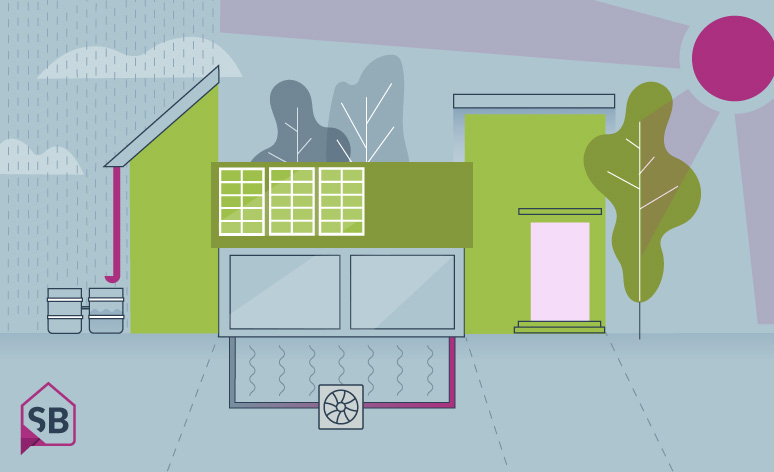So often, when we evaluate a home buying opportunity, we consider its proximity to public transportation. Many of us don’t have cars, or don’t like traffic, and rely instead on our subway and bus system to get us to work, school, and places in between. But, is the TTC actually serving passengers?
If you take the TTC regularly, you know it’s not unusual for a breakdown to leave thousands of riders stranded. It seems that decades of underfunding have finally taken their toll and the subway system literally breaks down before our eyes.
The Eglinton Crosstown line is one of the few recent upgrades to the city’s public transportation planning. If you’ve been in the Yonge and Eglinton area in the last few years, you’ve seen first hand how slow it’s happening, but at least it’s happening. Unfortunately, rather than building a proper subway, we’re getting an LRT. It’s a prime example of Toronto’s willingness to accept long-term pain for short-term gain.
From a real estate perspective, subway line expansions are great. They increase the accessibility scores of many properties and help gentrify new areas. But from an impact perspective, why aren’t we focusing on maintenance for the subway lines that so many people already use on a daily basis?
The answer to that question might be politics. As we saw in the 2018 mayoral election, transit improvements are vague promise made by nearly every candidate. In general, new subway lines are a great way to attract voter attention, but investing billions into subway maintenance doesn’t sound quite as sexy.
What do you think? Is money better spent expanding the reach of our subway lines, or taking care of what we already have? Could we prolong the need for new subway lines if we made more streets commuter-friendly during peak hours like we did with King Street?
If you haven’t tried to drive on King St. during rush hour in the last few years, let me fill you in. You can’t. As of November 2017, the city made a move to empower the rail riders – all 65,000 of them who travel King St. daily.
The pilot cost $1.5-million, and was so successful that it’s still in place today. For contrast, the Scarborough subway expansion has a budget of $3.35 billion. If we’re talking bang-for-your-buck, I think upgrades to our existing infrastructure and protocols make the most sense. In any case, as Toronto accommodates our growing population by building condos that reach higher and higher, it’s crucial that we figure out how to improve our city’s congestion on (and below) the ground.


